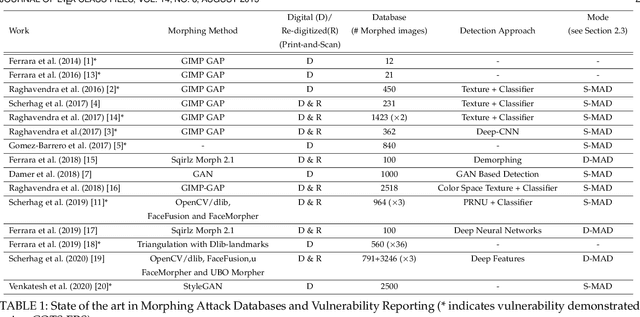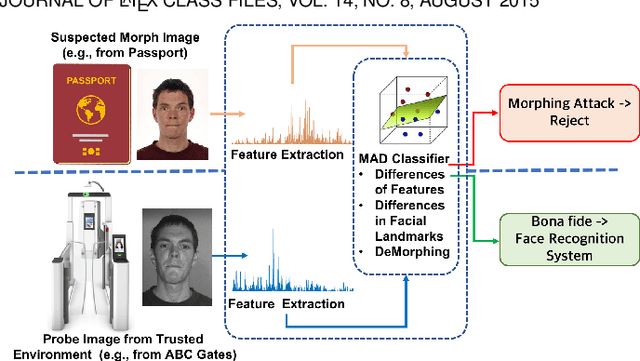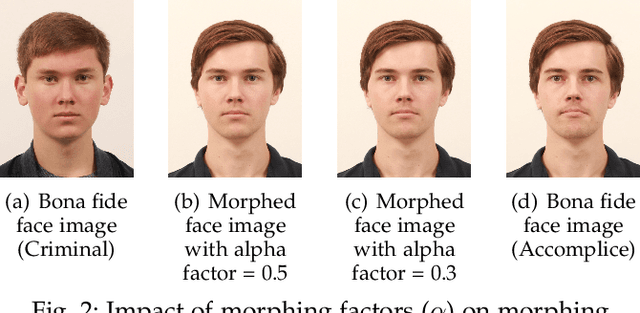Matteo Ferrara
From Gaming to Research: GTA V for Synthetic Data Generation for Robotics and Navigations
Feb 17, 2025Abstract:In computer vision, the development of robust algorithms capable of generalizing effectively in real-world scenarios more and more often requires large-scale datasets collected under diverse environmental conditions. However, acquiring such datasets is time-consuming, costly, and sometimes unfeasible. To address these limitations, the use of synthetic data has gained attention as a viable alternative, allowing researchers to generate vast amounts of data while simulating various environmental contexts in a controlled setting. In this study, we investigate the use of synthetic data in robotics and navigation, specifically focusing on Simultaneous Localization and Mapping (SLAM) and Visual Place Recognition (VPR). In particular, we introduce a synthetic dataset created using the virtual environment of the video game Grand Theft Auto V (GTA V), along with an algorithm designed to generate a VPR dataset, without human supervision. Through a series of experiments centered on SLAM and VPR, we demonstrate that synthetic data derived from GTA V are qualitatively comparable to real-world data. Furthermore, these synthetic data can complement or even substitute real-world data in these applications. This study sets the stage for the creation of large-scale synthetic datasets, offering a cost-effective and scalable solution for future research and development.
V-MAD: Video-based Morphing Attack Detection in Operational Scenarios
Apr 10, 2024Abstract:In response to the rising threat of the face morphing attack, this paper introduces and explores the potential of Video-based Morphing Attack Detection (V-MAD) systems in real-world operational scenarios. While current morphing attack detection methods primarily focus on a single or a pair of images, V-MAD is based on video sequences, exploiting the video streams often acquired by face verification tools available, for instance, at airport gates. Through this study, we show for the first time the advantages that the availability of multiple probe frames can bring to the morphing attack detection task, especially in scenarios where the quality of probe images is varied and might be affected, for instance, by pose or illumination variations. Experimental results on a real operational database demonstrate that video sequences represent valuable information for increasing the robustness and performance of morphing attack detection systems.
Arithmetic with Language Models: from Memorization to Computation
Aug 02, 2023Abstract:A better understanding of the emergent computation and problem-solving capabilities of recent large language models is of paramount importance to further improve them and broaden their applicability. This work investigates how a language model, trained to predict the next token, can perform arithmetic computations generalizing beyond training data. Binary addition and multiplication constitute a good testbed for this purpose, since they require a very small vocabulary and exhibit relevant input/output discontinuities making smooth input interpolation ineffective for novel data. We successfully trained a light language model to learn these tasks and ran a number of experiments to investigate the extrapolation capabilities and internal information processing. Our findings support the hypotheses that the language model works as an Encoding-Regression-Decoding machine where the computation takes place in the value space once the input token representation is mapped to an appropriate internal representation.
Morphing Attack Potential
Apr 28, 2022



Abstract:In security systems the risk assessment in the sense of common criteria testing is a very relevant topic; this requires quantifying the attack potential in terms of the expertise of the attacker, his knowledge about the target and access to equipment. Contrary to those attacks, the recently revealed morphing attacks against Face Recognition Systems (FRSs) can not be assessed by any of the above criteria. But not all morphing techniques pose the same risk for an operational face recognition system. This paper introduces with the Morphing Attack Potential (MAP) a consistent methodology, that can quantify the risk, which a certain morphing attack creates.
Morphing Attack Detection -- Database, Evaluation Platform and Benchmarking
Jun 16, 2020



Abstract:Morphing attacks have posed a severe threat to Face Recognition System (FRS). Despite the number of advancements reported in recent works, we note serious open issues that are not addressed. Morphing Attack Detection (MAD) algorithms often are prone to generalization challenges as they are database dependent. The existing databases, mostly of semi-public nature, lack in diversity in terms of ethnicity, various morphing process and post-processing pipelines. Further, they do not reflect a realistic operational scenario for Automated Border Control (ABC) and do not provide a basis to test MAD on unseen data, in order to benchmark the robustness of algorithms. In this work, we present a new sequestered dataset for facilitating the advancements of MAD where the algorithms can be tested on unseen data in an effort to better generalize. The newly constructed dataset consists of facial images from 150 subjects from various ethnicities, age-groups and both genders. In order to challenge the existing MAD algorithms, the morphed images are with careful subject pre-selection created from the subjects, and further post-processed to remove the morphing artifacts. The images are also printed and scanned to remove all digital cues and to simulate a realistic challenge for MAD algorithms. Further, we present a new online evaluation platform to test algorithms on sequestered data. With the platform we can benchmark the morph detection performance and study the generalization ability. This work also presents a detailed analysis on various subsets of sequestered data and outlines open challenges for future directions in MAD research.
Face morphing detection in the presence of printing/scanning and heterogeneous image sources
Jan 25, 2019



Abstract:Face morphing represents nowadays a big security threat in the context of electronic identity documents as well as an interesting challenge for researchers in the field of face recognition. Despite of the good performance obtained by state-of-the-art approaches on digital images, no satisfactory solutions have been identified so far to deal with cross-database testing and printed-scanned images (typically used in many countries for document issuing). In this work, novel approaches are proposed to train Deep Neural Networks for morphing detection: in particular generation of simulated printed-scanned images together with other data augmentation strategies and pre-training on large face recognition datasets, allowed to reach state-of-the-art accuracy on challenging datasets from heterogeneous image sources.
 Add to Chrome
Add to Chrome Add to Firefox
Add to Firefox Add to Edge
Add to Edge